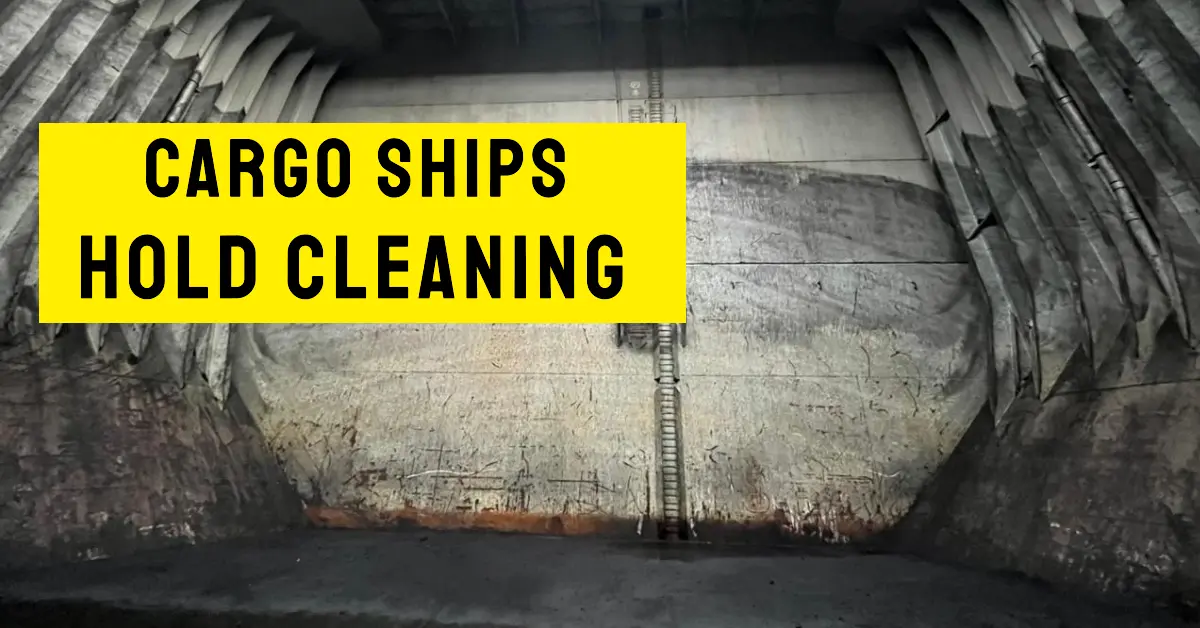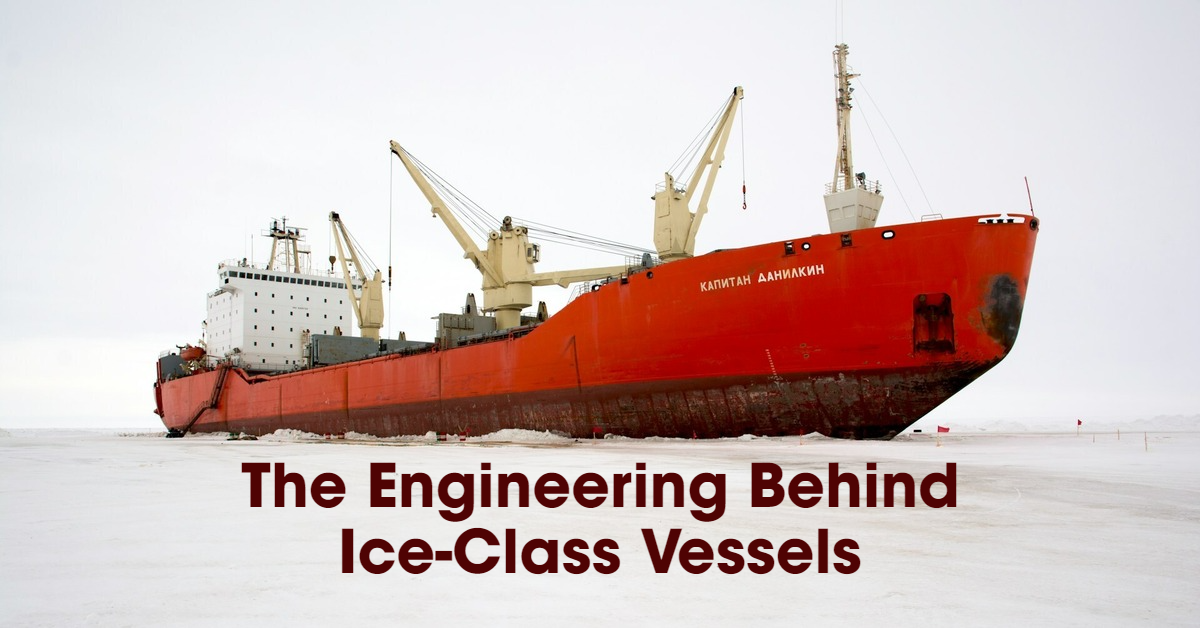Curious about the maximum depth submarines can reach? Submarines are essential tools for exploring the ocean’s vast, uncharted depths. In this article, we’ll dive into the limits of submarine technology, examine how modern innovations allow for deeper exploration, and look at the materials and pressure systems that make it all possible.
Submarine Technology: How Does It Work?
Submarines operate by adjusting their buoyancy. They have tanks that either fill with water to make the vessel sink or expel water to rise. This ability allows submarines to navigate through various depths, from shallow waters to the deep sea. More on how submarines work.
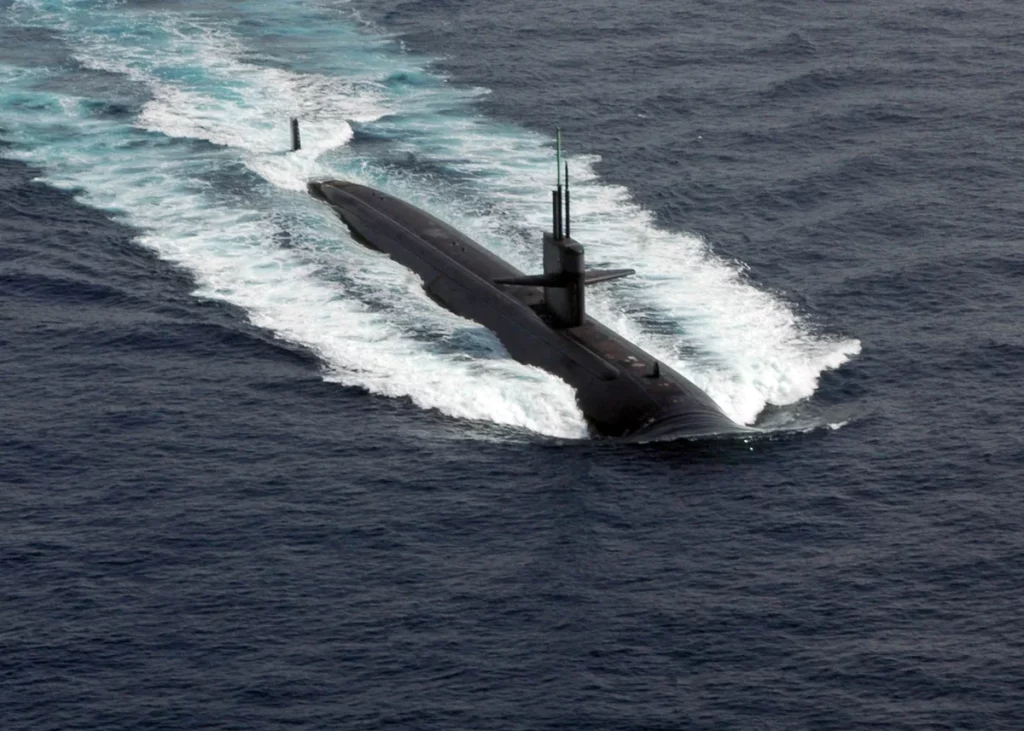
Pressure Resistance and Materials in Modern Submarines
One of the biggest challenges submarines face is pressure resistance. As submarines dive deeper, the pressure increases exponentially. At 10,000 meters, the pressure is over 1,000 times greater than at sea level. Modern submarines use high-strength materials like titanium alloys and HY-100 steel, which offer the necessary durability to withstand these extreme pressures.
To maintain structural integrity, the hulls are designed in a cylindrical shape, which distributes the pressure evenly. Advanced composite materials are also being developed to increase depth limits while reducing weight. These advancements allow modern submarines to push deeper than ever before, setting new records in both military and scientific missions.
The Deepest Dives Ever Recorded
The deepest dive ever recorded occurred in 1960 when Jacques Piccard and US Navy Lieutenant Don Walsh reached 10,916 meters (35,814 feet) in the Bathyscaphe Trieste, descending to the Challenger Deep. In 2012, filmmaker James Cameron made a solo dive to 10,908 meters (35,787 feet) in the Deepsea Challenger. These dives have opened up new possibilities for modern deep-sea exploration.
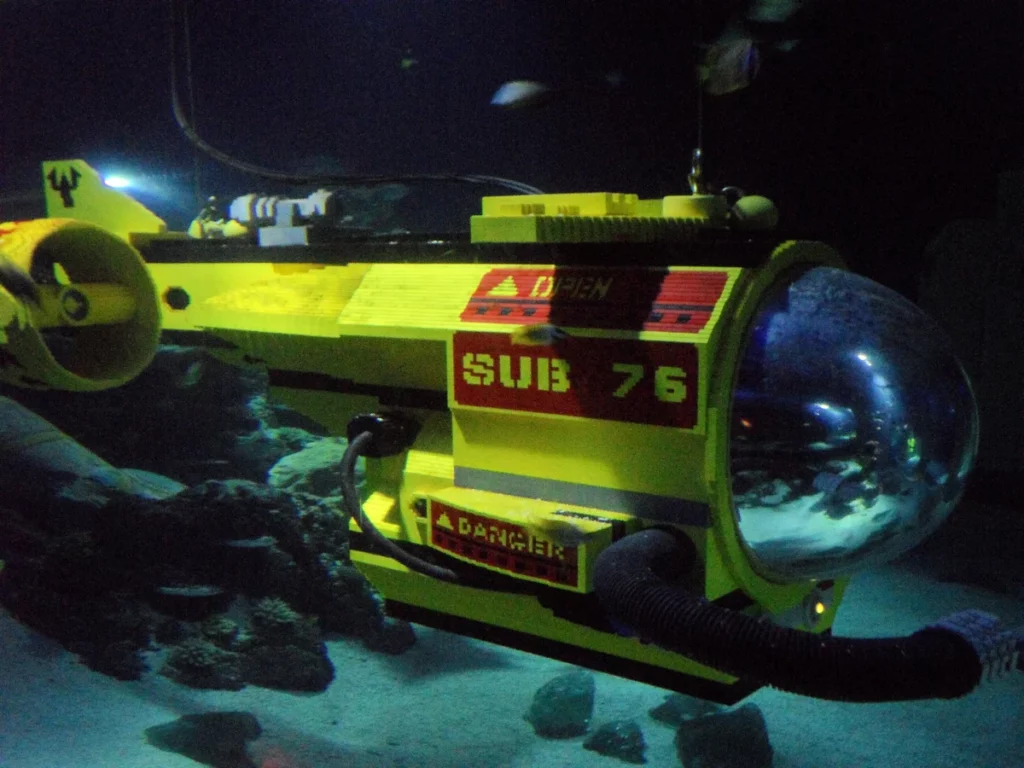
Types of Deep-Sea Submarines
Different types of submarines are built for various missions, each with its own depth capabilities:
- Bathyscaphe: Designed for extreme depths, the Trieste reached 11,000 meters in the Challenger Deep. These submarines are highly specialized but not widely used due to their size and complexity.
- Manned Submersibles: Submersibles like Alvin can dive to 4,500 meters. The Titan submersible, known for exploring the Titanic wreck, can dive to 4,000 meters. Read more on deep-sea submersibles.
- Autonomous Underwater Vehicles (AUVs): AUVs can dive to 6,000 meters and are primarily used for ocean mapping and data collection.
- Remotely Operated Vehicles (ROVs): ROVs are remotely controlled, with depth capabilities of 7,000 meters, often used in scientific research and underwater industries.
- Nuclear-Powered Submarines: These submarines are powered by nuclear reactors and can reach depths of 600 meters or more. Their ability to stay submerged for long periods makes them essential for military operations.
Military Submarines and Their Depth Capabilities
Military submarines are divided into categories like attack submarines, ballistic missile submarines, and diesel-electric submarines. Each class serves a unique role in defense.
Attack Submarines
These submarines are fast and agile, used primarily for reconnaissance and warfare:
- Los Angeles Class (USA): Depth of 450 meters, equipped with torpedoes and cruise missiles.
- Yasen Class (Russia): Depth of 580 meters, renowned for its stealth and advanced weaponry.
Ballistic Missile Submarines
These carry nuclear missiles and play a critical role in national defense:
- Ohio Class (USA): Maximum depth of 500 meters, central to the US Navy’s nuclear deterrent strategy.
- Borei Class (Russia): Depth of 400 meters, known for carrying ballistic missiles.
- Jin Class (China): Depth of 300 meters, equipped with nuclear missiles.
Diesel-Electric Submarines
Known for quiet operation, these submarines excel in stealth missions:
- Kilo Class (Russia): Depth of 300 meters, used for anti-submarine warfare.
- Type 212 (Germany): Depth of 400 meters, featuring advanced fuel-cell technology for extended missions.
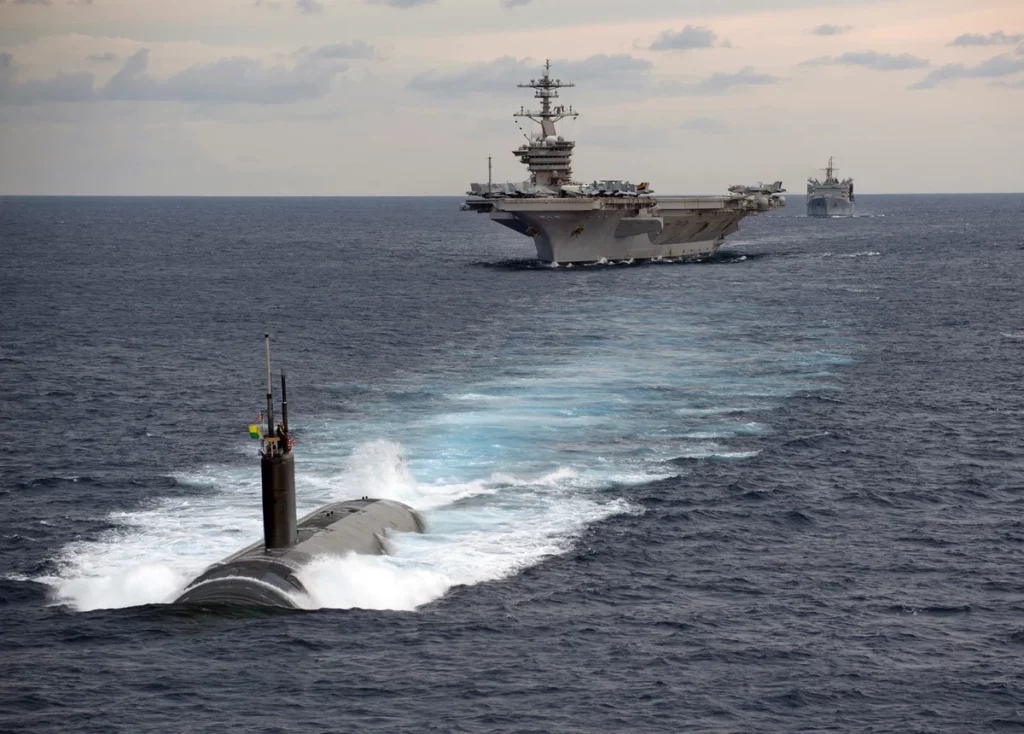
Factors Influencing Maximum Depth
Several factors influence how deep a submarine can dive:
- Pressure Resistance: The strength of the hull to resist deep-sea pressure.
- Buoyancy Control: Adjusting buoyancy through ballast tanks to rise or sink.
- Ballast System: Regulates the water intake in the submarine to control buoyancy.
- Propulsion Systems: Nuclear or diesel-electric propulsion systems impact depth capability.
- Crew Training: Highly trained crews ensure safe operation at extreme depths.
Advancements in Submarine Technology
In recent years, modern submarines have seen significant improvements in pressure-resistance materials and AI-guided navigation systems. Autonomous technologies allow submarines to explore deeper with minimal human intervention. Future trends in 3D-printed parts and composite materials could further push the limits of depth exploration, making deep-sea missions more efficient and affordable.
Learn More About Submarine Communication
To understand how submarines maintain communication at great depths, check out this detailed guide on submarine communication. Modern submarines use advanced technology to send signals even from extreme depths.
Conclusion
Submarines continue to push the boundaries of deep-sea exploration and military capabilities. While the deepest dive on record is still 10,916 meters, ongoing advancements in materials and technology will allow submarines to dive even deeper, unlocking the mysteries of the ocean like never before.
Explore more on the fascinating world of submarines with our latest insights into their communication systems and other cutting-edge technologies.
- Comprehensive Guide to Hold Cleaning for Cargo Ships: Ensuring Maritime Safety and Efficiency – October 19, 2024
- Responsibilities of a Fourth Engineer on Cargo Ships – September 10, 2024
- The Role of Cargo Ships in Global Trade – August 22, 2024

